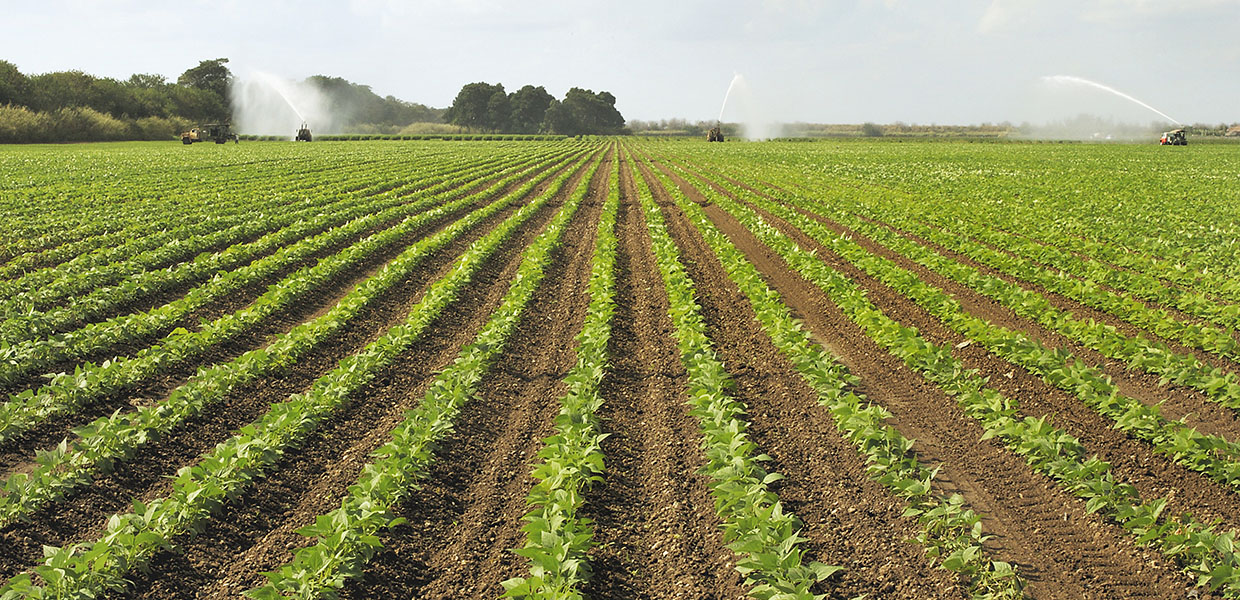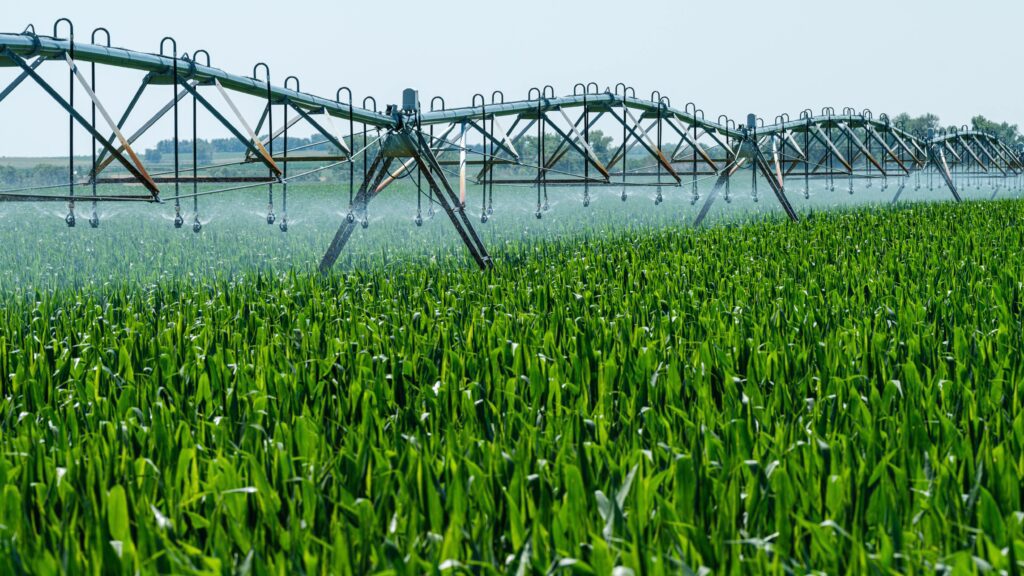The Advantages of Regenerative Agriculture for Soil Health
The Advantages of Regenerative Agriculture for Soil Health
Blog Article
Make The Most Of Soil Wellness and Nutrient Absorption Through Effective Water Soluble Polymers in Farming
In the world of modern-day farming, the pursuit for enhanced soil health and ideal nutrient absorption has led scientists and practitioners to explore innovative solutions. Water soluble polymers have actually arised as an encouraging avenue for achieving these objectives, supplying a series of advantages that can change farming methods. By attending to crucial elements such as soil framework, nutrient retention, moisture preservation, and inevitably plant efficiency, the integration of reliable water soluble polymers offers an engaging chance to raise the sustainability and efficiency of farming procedures. The possible ramifications of this technology are huge, guaranteeing a paradigm change in exactly how we approach dirt administration and plant growing.
Advantages of Water Soluble Polymers
Undoubtedly, the usage of water-soluble polymers in farming provides a myriad of advantages that contribute substantially to enhancing dirt health and total crop performance. One crucial advantage of water-soluble polymers is their ability to boost soil framework by promoting gathering, minimizing disintegration, and enhancing water seepage. These polymers can increase the dirt's water-holding capacity, therefore assisting in dry spell resistance and reducing water loss via leaching. Furthermore, water-soluble polymers play a critical role in nutrition monitoring by decreasing nutrient drainage, enhancing nutrition schedule to plants, and minimizing fertilizer needs.
By enhancing soil health and nutrient absorption, water-soluble polymers add to improved plant growth, yield, and quality. The use of these polymers also sustains lasting agricultural practices by minimizing the requirement for excessive water and chemical inputs.
Improving Dirt Framework
Given the essential duty of water-soluble polymers in improving dirt health and wellness and plant efficiency, a primary emphasis lies in the considerable effect these polymers have on improving dirt structure. By integrating water-soluble polymers into farming practices, the dirt's physical residential or commercial properties can be boosted, causing improved dirt structure. These polymers function by binding soil fragments together, advertising the formation of secure aggregates. This aggregation helps stop dirt compaction, which consequently facilitates better origin infiltration and water infiltration.

Enhancing Nutrient Retention
Enhancing nutrient retention in farming soils is a vital facet of optimizing plant development and making best use of crop productivity. Nutrient retention refers to the capability of the dirt to hold crucial nutrients in a form that comes to plants, reducing the danger of leaching and overflow. Water-soluble polymers play a substantial role in enhancing this retention by developing secure facilities with nutrients, preventing their loss with seeping and making certain a constant supply to plant roots.
These polymers can function as carriers for nutrients, safeguarding them from being cleaned away by watering or rainfall. By binding to the dirt particles, water-soluble polymers produce a storage tank of nutrients that are slowly launched to plants as needed. This regulated release mechanism not just improves nutrient uptake performance however additionally decreases the need for frequent fertilizing, leading to cost savings and ecological advantages.
Additionally, the improved nutrient internet retention helped with by water-soluble polymers promotes soil health by cultivating a well balanced nutrient supply, eventually resulting in much healthier plants with raised resistance to stress factors such as dry spell and pests. Generally, incorporating water-soluble polymers in agriculture can considerably contribute to lasting farming methods and higher crop yields.
Making Best Use Of Wetness Retention

One considerable benefit of making use of water-soluble polymers for dampness retention is their capacity to improve dirt framework. These polymers can aid bind dirt particles together, producing larger accumulations that facilitate much better water seepage and retention - Agriculture. Therefore, the dirt can keep wetness for longer durations, lowering the regularity of watering and advertising much healthier origin growth
Moreover, making best use of dampness retention via water-soluble polymers can result in increased crop yields and overall plant health. By maintaining optimal soil moisture degrees, plants can effectively soak up nutrients, leading to improved directory growth and efficiency. Additionally, boosted dampness retention can add to dirt wellness by lowering disintegration and nutrient leaching, eventually supporting sustainable farming methods.
Boosting Crop Performance

Furthermore, the enhanced soil framework arising from making use of water-soluble polymers can promote far better root infiltration and oygenation, even more sustaining plant development and productivity. With the capacity to enhance nutrient absorption and water retention, water-soluble polymers play a crucial duty in taking full advantage of plant efficiency and overall farming sustainability. By incorporating these polymers right into farming methods, farmers can enhance their yield capacity and add to an extra reliable and efficient farming field.
Verdict
To conclude, the usage of water soluble polymers in agriculture uses countless benefits such as enhancing dirt framework, enhancing nutrition retention, maximizing wetness retention, and boosting plant efficiency. By efficiently using these polymers, farmers can make best use of dirt health and nutrient absorption, leading to enhanced yields and overall agricultural sustainability. Integrating water soluble polymers right into farming techniques is a valuable strategy for optimizing crop manufacturing and advertising environmental stewardship.
Given the essential duty of water-soluble polymers in boosting dirt wellness and plant efficiency, a main focus exists in the substantial influence these polymers have on boosting dirt framework - Agriculture. By integrating water-soluble polymers into agricultural methods, the soil's physical residential or commercial properties can be boosted, leading to improved soil structure. The use of water-soluble polymers also help dig this in reducing dirt disintegration by improving the soil's capacity to preserve water and withstand overflow. In general, the incorporation of water-soluble polymers in agriculture plays a vital duty in boosting soil structure, promoting lasting plant manufacturing, and ensuring lasting dirt wellness
Including water-soluble polymers right into agricultural practices can substantially improve crop efficiency with enhanced nutrient absorption and water retention in the soil.
Report this page